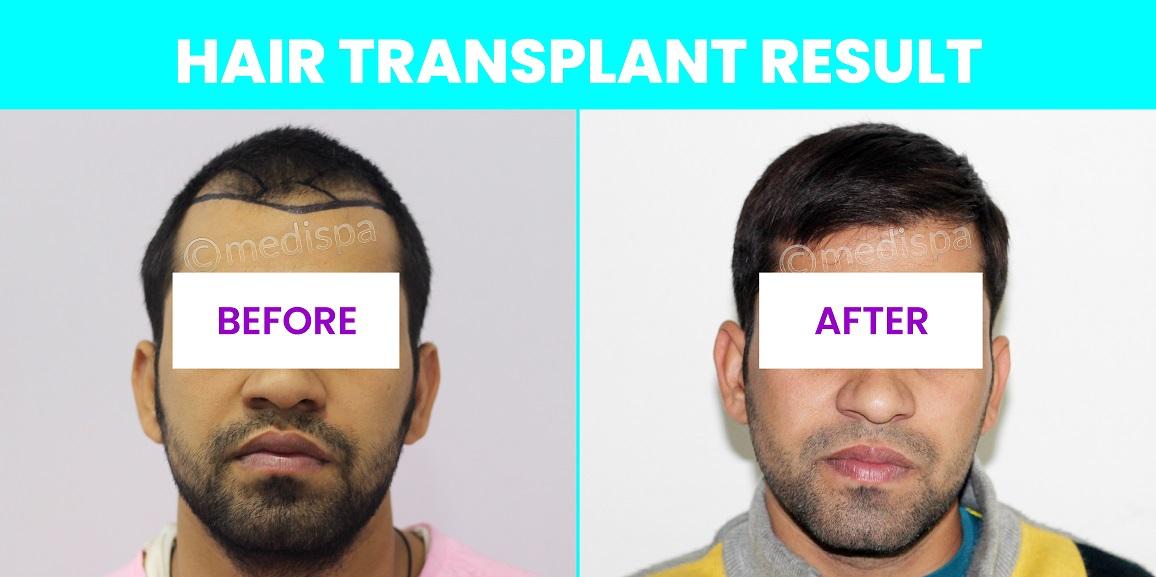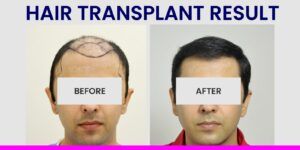
When different artists are provided with a superior paintbrush, the one possessing the greatest skill will inevitably create the finest artwork. In a similar vein, every clinic asserts that it employs the latest advancements in hair transplant technology. However, have you considered whether the surgeon utilizing these tools possesses the necessary qualifications? The expertise of the surgeon is crucial for maximizing the effectiveness of any hair transplant equipment employed.
During the minimally invasive procedure known as a hair transplant, hair follicles are extracted from the donor area, typically located at the back and sides of the head, or potentially from other regions of the body. These harvested follicles are then strategically placed in the bald areas of the recipient. The success of the hair transplant procedure, which relies heavily on precision and technique, necessitates the deft hands of a skilled practitioner to achieve aesthetically pleasing results.
What is hair transplant?
A hair transplant is a minimally invasive surgical procedure designed to combat hair loss. This restorative technique can lead to permanent hair growth following the operation. The procedure involves the meticulous extraction of hair follicles from donor areas that are resistant to dihydrotestosterone (DHT) or are considered permanent, followed by the transplantation of these follicles to the balding areas to restore hair density. It is imperative that the entire procedure is conducted in a medical environment that emphasizes hygiene and safety. Hair grafts are typically harvested using either the Follicular Unit Extraction (FUE) method or the strip method, which are both recognized techniques in Follicular Unit Transplantation (FUT).
Historically, hair transplant methods were rudimentary, often resulting in subpar cosmetic outcomes and instances of hair growth obstruction for many patients. However, advancements in technology and equipment have made it possible to achieve results that appear remarkably natural. The success of a hair transplant largely depends on the skill of the surgeon, who must effectively utilize this technology alongside their expertise. It is important to note that the hair transplant process is time-consuming, with visible results typically emerging after a period of 6 to 8 months. Consequently, the post-operative phase is crucial for optimizing the overall results.
Identifying a qualified hair transplant surgeon can be a challenging task amidst the multitude of options available. Unfortunately, while India boasts a large number of hair transplant practitioners, many lack the necessary qualifications or experience to achieve optimal outcomes. Consequently, some may resort to enticing potential patients with lower prices, often at the expense of quality. These practitioners frequently do not possess the essential resources and infrastructure required to conduct hair transplant procedures effectively.
If you are considering a hair transplant and desire results that are both permanent and natural in appearance rather than reasonable hair transplant cost in India, it is imperative to select the best hair transplant surgeon in India. Experiencing hair loss can be profoundly distressing, and a poorly executed hair transplant can exacerbate this emotional turmoil. Therefore, it is advisable to avoid rushing into decisions based on appealing discounts or misleading assurances from unethical clinics.
Establish clear criteria and standards to guide your search for a reputable hair transplant surgeon, and remain vigilant against the allure of discounts. Ensure that your chosen surgeon meets all your established criteria to guarantee the best possible results.
HAIR TRANSPLANT TECHNIQUES
The two primary techniques for performing a hair transplant are characterized by the methods employed to extract the grafts. Below is a description of these techniques:
- FUT hair transplantation (commonly referred to as the strip method or follicular unit transplantation): This technique involves excising a strip of scalp skin, which is then meticulously divided to isolate individual follicular units. Following this, a refined technique known as “trichopytic closure” is utilized to suture the donor site. The harvested follicular units are subsequently implanted into the recipient area.
- FUE hair transplant: This method entails the manual extraction of individual follicular units using a surgical punch tool. The extracted hair follicular grafts are then strategically placed in the recipient area according to an aesthetically pleasing arrangement.
To achieve optimal outcomes, the selection of hair transplant techniques is made with careful consideration of their specific indications and limitations. Factors such as Norwood’s classification of hair loss severity, the patient’s age and sex, as well as the hair density at the donor site, play a crucial role in determining the appropriate procedure. It is essential for the hair transplant surgeon to make an informed decision to ensure the effectiveness of these treatments in each individual case.
How to rebuild your personality and confidence with hair transplant?
The procedure is guaranteed to improve your appearance: Cosmetic surgeries have gained significant popularity in recent years as individuals increasingly prioritize their aesthetic concerns and strive to present their best selves. A healthy scalp is a crucial element in shaping both your appearance and personality. Hair transplant stands out as the sole hair loss treatment that delivers permanent results, enhancing your look with natural outcomes. In contrast, other temporary solutions fail to provide a natural appearance and require frequent replacements.
Low maintenance and hassle-free: Temporary solutions such as wigs, extensions, and prosthetic hair demand regular replacements and considerable upkeep, which can be both exhausting and frustrating. Hair transplant offers a unique permanent solution that requires minimal maintenance. The procedure utilizes your own hair, which grows in a manner consistent with your existing hair, following the same natural growth cycle.
Cost-effective option: Hair transplant procedures in India are recognized for their affordability when compared to the standards of certain clinics. When you assess the cumulative expenses of temporary solutions for hair loss and juxtapose them with the one-time investment required for a hair transplant, you will undoubtedly appreciate the value of the procedure.
Life-changing procedure: A hair transplant can significantly alter your life and enhance your self-esteem, which may have diminished due to hair loss. Many individuals are initially reluctant to pursue this option; however, those who undergo the procedure often realize its true value upon witnessing the transformation of their hair. With the ability to style your hair as desired and showcase a natural appearance, a successful outcome can indeed be life-altering. Therefore, it is essential to seek a qualified surgeon for your hair transplant.
Permanent solution: Hair transplant surgery offers lasting results, in contrast to other temporary solutions for hair loss. To ensure permanent outcomes, it is crucial that hair follicles are harvested from a safe donor area, avoiding any overharvesting.






